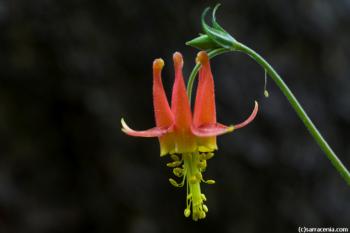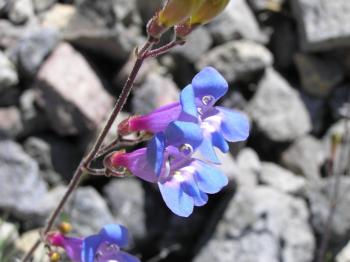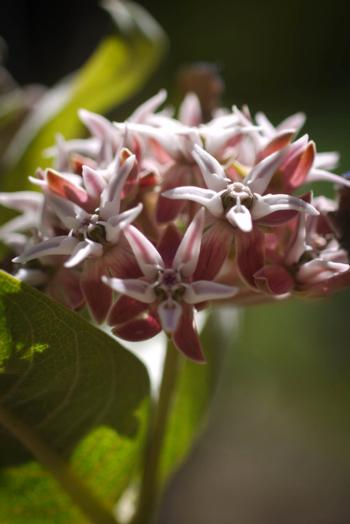Going Native in the Garden
Gardening with native plants brings the splendor of California to your landscape while helping to preserve habitats by creating islands and corridors for native species. Native plants and trees in gardens and landscapes support species diversity and help keep ecological balance in the environment. Additionally, native plants are not likely to cause environmental problems if they escape from your garden because of the natural balance they have with the environment. Introduced plants may become invasive and cause ecological damage and economic loss.
Choosing plants native to your habitat will help promote success of survival. Like every garden, the right environment (sun, soil, water, microhabitats) increases the rate of success. Native plants grow best under conditions like soil types, sunlight, water availability and pollinators that reflect their natural environment. It is easier and wiser to select plants that suit the site rather than to modify the site to suit the plants.
Maintenance in a garden landscaped with native plants is also easier because they generally need less water, less fertilizer, less pruning and little to no pesticide. Native plants, once they become established—in two to five years—can survive with nominal additional water, even in California’s Mediterranean climate (winter precipitation and summer drought). Over watering can cause root rot and kill more established species or encourage fungal attacks. Additionally, most native plants perform better without fertilizer. Extra nutrients push plants to grow rapidly, sometimes beyond their naturally levels which can shorten their life spans.
Plant or transplant native plants during the fall and early winter to give them time to establish a healthy root system and build their energy reserves. Mulching helps to slow water evaporation, discourages weed germination and creates habitat for beneficial organisms.
Where to find native plants locally?
Native plants are available from restoration nurseries that propagate plants from local watersheds and track the source of their stocks. If you don’t find the plant you are looking for, ask for it by name. Many local nurseries can order plants they do not stock.
Native Plant Nurseries (CNPS site)
Flora Native Nursery in Chico
Native Springs Nursery in Durham
California Sisters Nursery in Twain
Sierra Seed Supply in Greenville
Wild collecting, (even collecting seeds) requires a permit on California’s public lands. Also, many wild transplants often have a poor survival rate.
The California Native Plant Society has a wealth of information on gardening with native plants. Contact the Mount Lassen Chapter in Chico for more information or to find out how you can become involved. http://mountlassen.cnps.org/
Before you buy and plant
Research is important for success. One site that can aid in your decision is California Native Plant Link Exchange
Other native plant sources
Arboretums and botanic gardens
Source:

Crimson Columbine
Aquilegia formosa

Plumas County Beardtongue
Penstemon neotericus

Showy Milkweed
Asclepias speciosa

